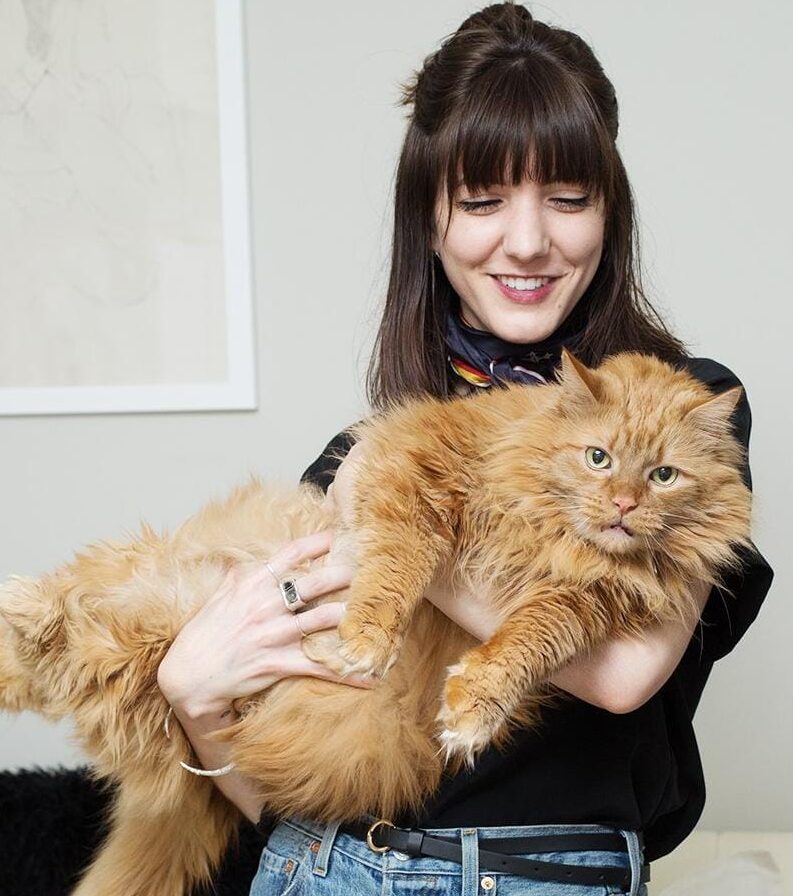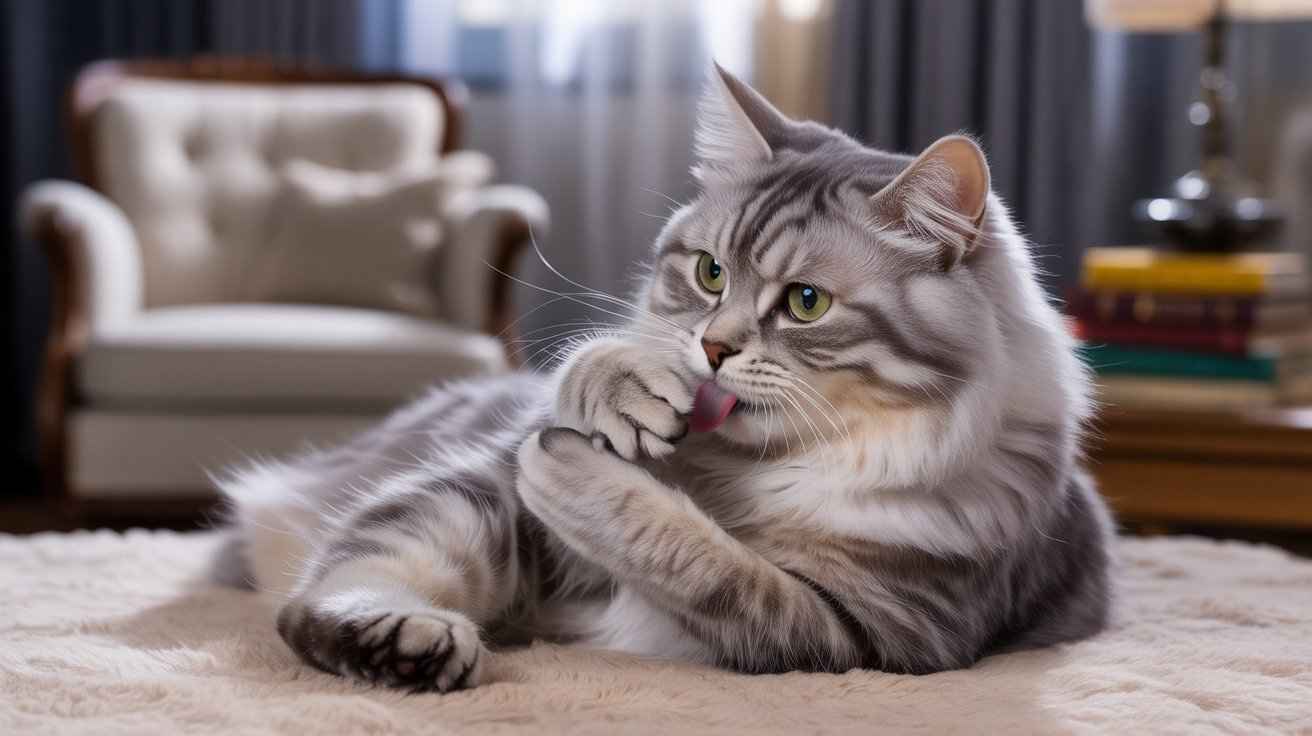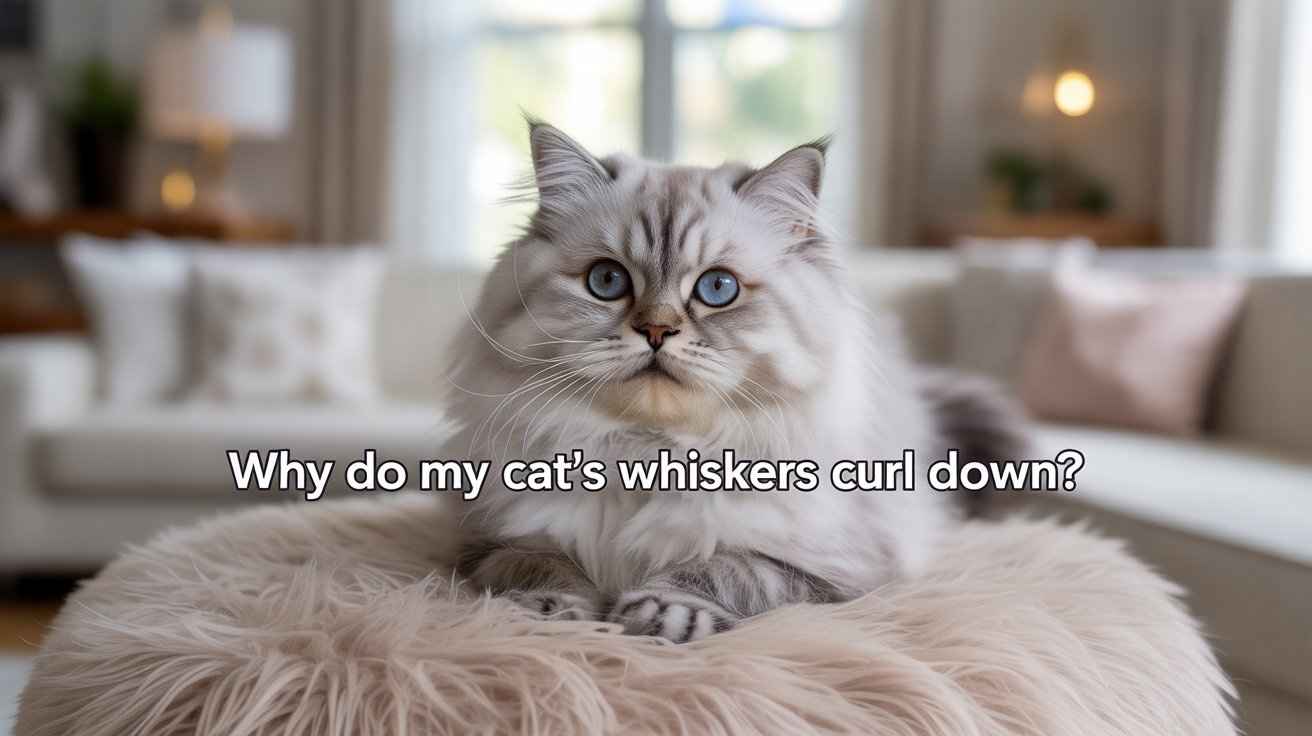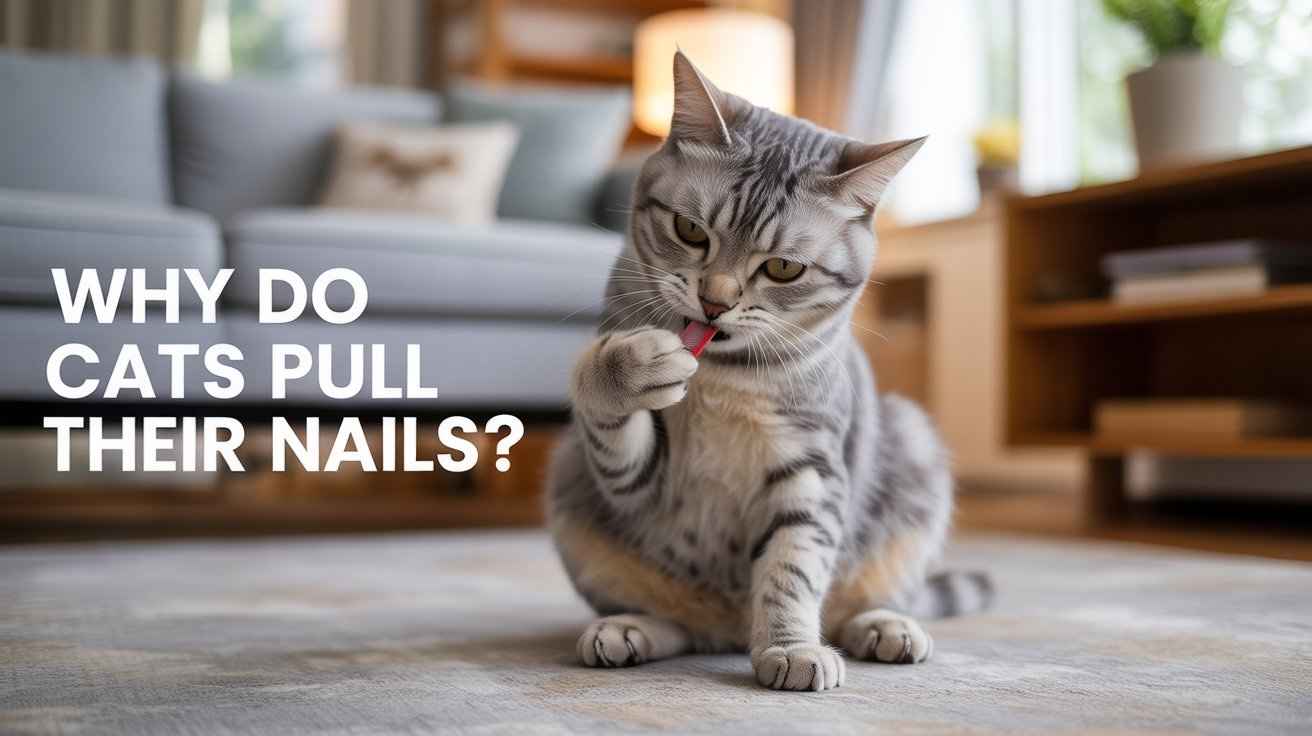Why do cats pull out fur? 7 Common Reasons: stress, allergies, mites, infections, hormonal imbalance, skin disease, and poor grooming.
Why do cats pull out fur?
Why do cats pull out fur? It’s a question that worries many cat parents the first time they see their pet chewing or licking until bald spots appear.
A healthy cat spends a good part of the day grooming, but when grooming turns into overgrooming, it’s often a sign that something’s wrong.
Cats may lose fur due to various factors, including fleas, skin allergies, infections, stress, boredom, or even pain from hidden medical issues.
Left untreated, the problem can cause sore skin and lasting discomfort. In this guide, we’ll look at the seven most common reasons cats pull out fur, how to tell medical from behavioral causes, and what you can do to help.
Why Cats Pull Out Fur and How to Help
| Cause | What You See | Quick Help |
|---|---|---|
| Fleas | Scratching, small bites, red skin | Use monthly flea medicine |
| Allergies | Try a special diet, see a vet | Try special diet, see a vet |
| Mites / Parasites | Hair loss, constant scratching | Vet check, parasite treatment |
| Ringworm | Round bald patches, flaky skin | Antifungal medicine from vet |
| Pain | Licking one spot, sore joints | Pain relief, vet exam |
| Stress / Anxiety | Even bald spots, no sores | Toys, playtime, calming sprays |
| Boredom | Overgrooming when alone | Itchy skin, chewing paws, and ear rubbing |
7 Common Reasons Cats Pull Out Fur
Cats sometimes pull fur because something is wrong. Here are the 7 main reasons:
- Boredom – Lack of toys or playtime can lead to overgrooming.
- Fleas – Tiny bugs that bite and make cats very itchy.
- Allergies – Food, dust, or pollen can upset the skin.
- Mites – Small bugs that hide in fur and cause scratching.
- Ringworm – A fungus that makes round bald spots.
- Pain – Cats lick the spot that hurts, like sore joints.
- Stress – Worry or change can cause cats to groom excessively.
Medical vs Behavioral Signs
Cats can pull fur for two big reasons:
- Medical: When the body is sick. You may see red skin, sores, or bleeding. The cat may also feel tired or lose weight.
- Behavioral: When the mind is upset. Fur loss looks even and neat, with no wounds. It happens when the cat feels bored, scared, or stressed.
If your cat has sores or signs of sickness, it’s usually a medical issue. If the fur loss looks smooth and happens during stress, it’s behavioral.

When to See the Vet
Sometimes cats need a doctor (vet) to help. Take your cat to the vet if:
- The cat keeps pulling out fur every day
- Bald spots are getting bigger
- Skin looks red, sore, or bleeding
- The cat is also sick, not eating, and losing weight
The vet may check for fleas, allergies, skin bugs, or other sickness. They can do tests like bloodwork or skin checks. A quick vet visit helps your cat heal faster and reduces further hair loss.
Treatments & Fixes

The best fix depends on the cause:
- Fleas or mites: use flea drops or sprays.
- Allergies: Try exceptional food or medicine from the vet.
- Infections: need cream or pills to heal.
- Pain: vet gives medicine for sore spots.
- Stress or boredom: give toys, play more, or use calming sprays.
- To protect the skin, the vet may put a cone collar on the cat.
With proper care, your cat’s fur can grow back, and they’ll feel happy again.
Home Care & Prevention
You can help your cat at home:
- Give flea medicine every month.
- Feed healthy food with good protein.
- Play with your cat using toys every day.
- Add scratching posts and safe hiding spots.
- Keep a steady routine so your cat feels safe.
- Use calming sprays or diffusers if your cat feels scared.
These steps keep your cat busy, happy, and healthy. When cats feel good, they stop pulling fur and enjoy their life more.

FAQs
Q1: Why do cats pull out fur?
Cats may have fleas, allergies, pain, or stress.
Q2: How can I tell if it’s medical or stress?
Medical: red skin, sores, or sickness signs.
Stress: neat bald spots, no wounds.
Q3: Can fur grow back after pulling?
Yes. Once the problem is treated, fur usually grows back.
Q4: What can I do at home?
Give flea medicine, toys, healthy food, and a calm space.
Q5: When should I see a vet?
If fur loss is daily, spreading, or painful.

Hi, I’m Sana Sajid!I’m the voice behind CatsCare.blog, sharing my 10+ years of hands-on cat care experience. With a diploma in animal care, I offer practical tips, trusted advice, and easy-to-follow guides to help keep your cats healthy and happy.
When I’m not writing, I spend time with my own cats or exploring the latest developments in feline health. Follow CatsCare.blog for expert insights and real cat stories!





